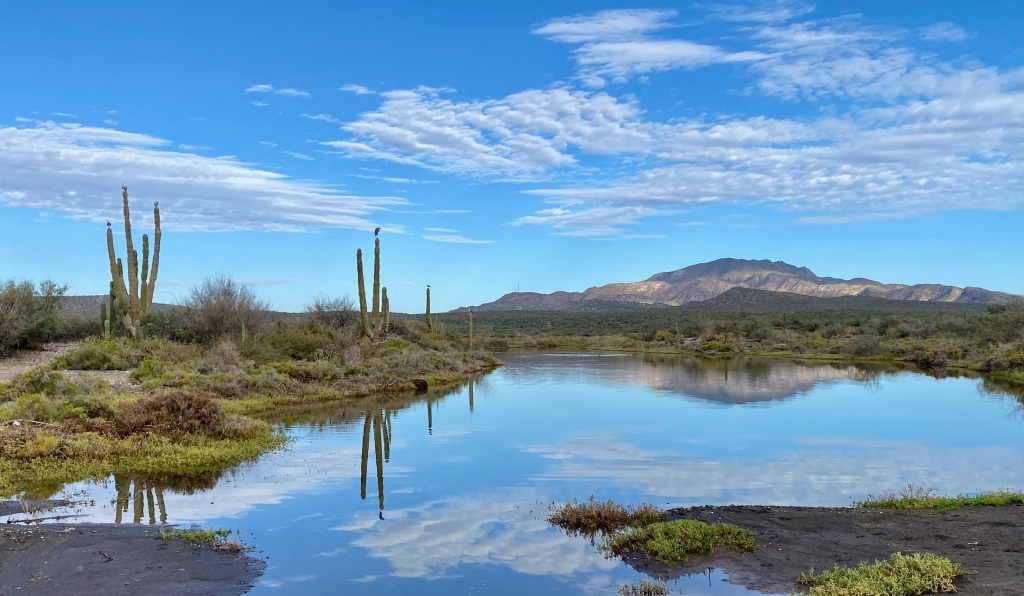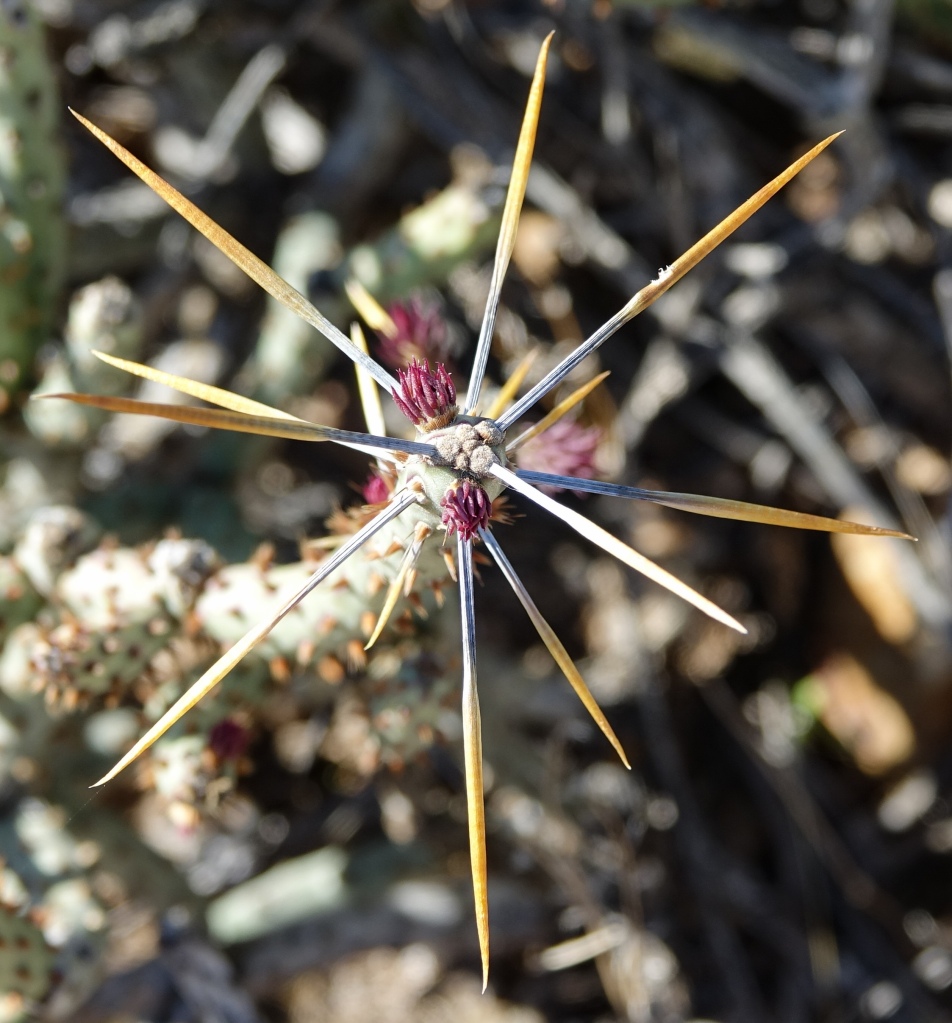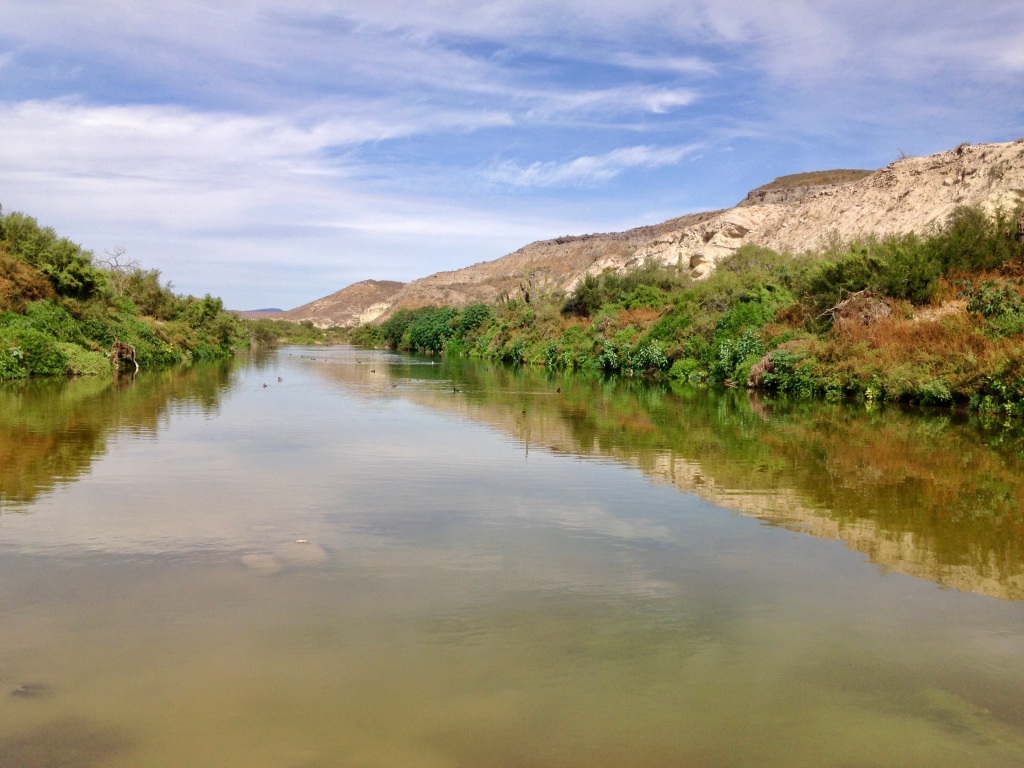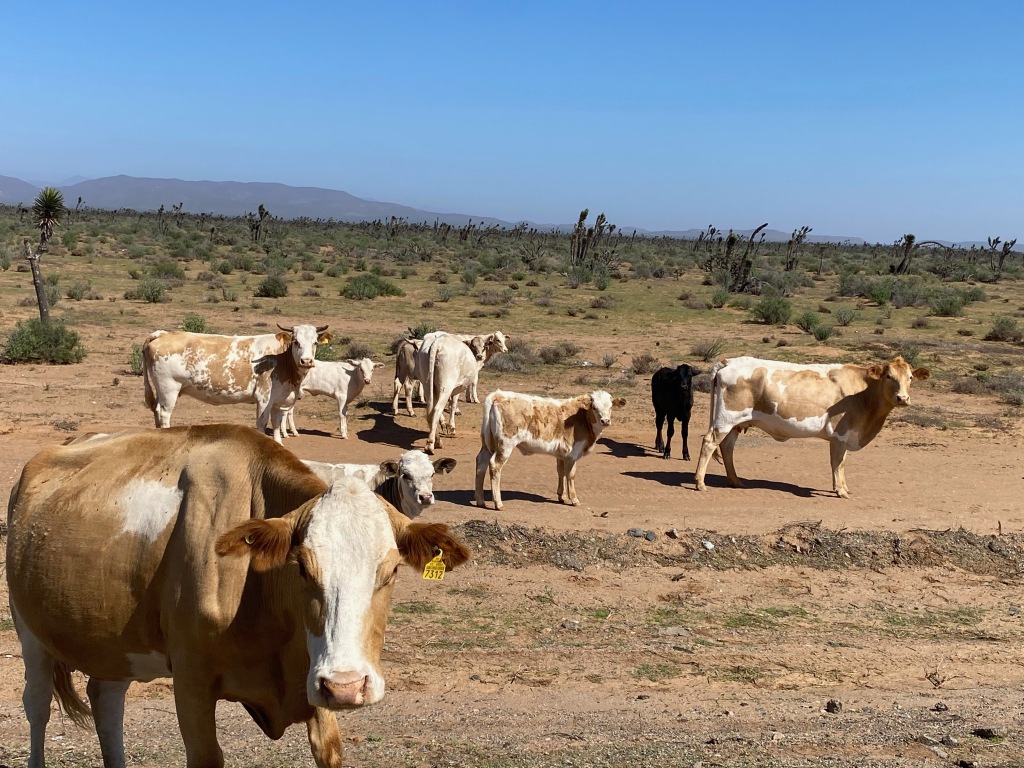The northern terminus of the Sea of Cortez is an arrid and parched land where once the Colorado flowed into the sea. It was an area teaming with abundant life and provided vital nutrients to sustain marine life.
Naturalist and writer, Aldo Leopold, traveled the Delta with his brother in a canoe in 1922. His ensuing essay, “The Green Lagoon,” provided lulling description of the Colorado River Delta at the time:
Dawn on the Delta was whistled in by Gambel quail, which roosted
in the mesquites overhanging camp. When the sun peeped over the
Sierra Madre, it slanted across a hundred miles of lovely desolation, a
vast flat bowl of wilderness rimmed by jagged peaks. On the map the
Delta was bisected by the river, but in fact the river was nowhere and
everywhere, for he could not decide which of a hundred green lagoons
offered the most pleasant and least speedy path to the gulf.
The still waters were of a deep emerald hue, colored by algae, I
suppose, but no less green for all that. At each bend we saw egrets
standing in the pools ahead, each white statue matched by its white
reflection.

Sea of Cortez used to join the Colorado River
The place that Leopold described no longer exists. Like too many precious and vital places on the planet, the Colorado Delta long ago gave way to dusty sand and desicated land – the victim of water practices in the Western United States that divert water to hydroelectric plants and the thirsty communities of Los Angeles and Las Vegas.
It could easily be argued, that without the water, the expansive growth of these communities would have stalled or been curtailed decades ago.
Today, the Colorado supports about 30 million people and 1 million acres of irrigated farmland. It pours its flow out to Los Angeles and San Diego, Phoenix and Tucson, Las Vegas, Denver and Mexicali. Its waters make the desert burst with tomatoes, melons, alfalfa and cotton. But with no water reserved for the river itself, the Colorado dries up long before it reaches the sea, and much of its delta is at death’s door.– Sandra Postel, LA TIMES
The resulting paucity in nutrients reaching the Sea of Cortez has manifested in loss of marine life in the area. Without the cascading effect of constant replenishment provided by the river, fish no longer spawn in the waters, and basically, that area of the sea has entered a period of deep decline.
Caught between humans jockeying for control of the resource, the river itself holds little sway. It falls on the shoulders of a small number of activists who recognize an earth-based need to create a voice and speak for the river.
“A Changing Delta,” narrated by Alexandra Cousteau and sponsored by The Ocean Foundation and Marine Ventures Foundation premiered at the Wild And Scenic Film Festival on January 12th. The film explores the history of the Colorado Delta from its original vibrancy to the present day restoration efforts by groups such as BlueCloud Spatial and Pronatura. Says Ocean Foundation President, Mark Spalding, “I cannot imagine a better way to document the story of how we have changed the Colorado Delta over time.”
It is only through the ceaseless desire to make the Delta right again, that change slowly has begun to take place. One of the complications with the Delta property is that it exists entirely within the Mexican borders, but is fed – or was fed – by a river that has its origins in the United States. When the Glenn Canyon dam was built in the 90s, water reaching the Sea of Cortez vanished. Mexican outrage was ignored.
And so it was history in the making, when on November 20, 2012, Mexico and the United States turned a new page in their relationship to the Colorado River. The two countries united to sign a 5-year bilateral Colorado River agreement. Minute 319 is probably the most important water treaty since 1944.
The term of the agreement is short, and the Delta is but one provision of a large number of terms, but it establishes a framework for cooperation and recognizes the river needs on both sides of the border. With continued efforts, maybe the rich riparian Delta that Leopold and his brother canoed in 1922 will once again flourish.









You must be logged in to post a comment.